Bug Out Bag
Building A Better Bug Out Bag
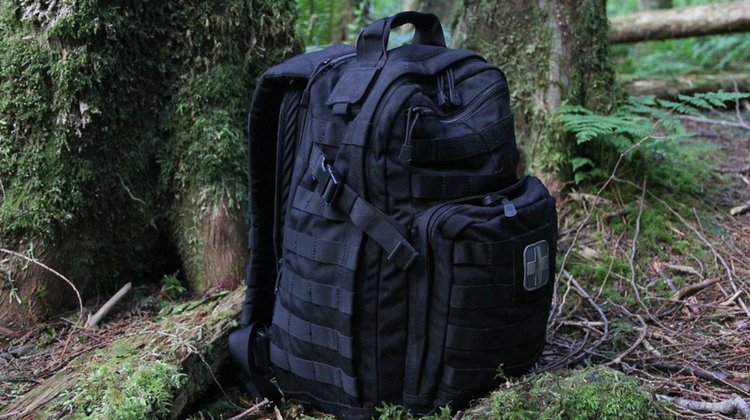
A 72-hour bug out bag or “Go Bag” is an essential part of your survival during emergencies such as power outages, car breakdowns, natural disasters, and other instances where you might be without services for a few days. Continue reading to learn how to increase your chances of survival should you unexpectedly find yourself in these perilous times.
A Better Bug Out Bag For Greater Chances Of Survival
If you live in an area prone to hurricanes, wildfires, or ice storms, this type of bag will help keep you and your family safe at home or during an evacuation. If you keep the most necessary items in one central place (the bug out bag), it will be easier to get your hands on them when you need them.
A Brief History
What is a bug out bag? “Bug out” is British military slang for “leaving quickly under fire.” It’s basically a survival kit for when you need to exit an oncoming disaster quickly. Aviators during World War II had bug out bags or “bail out bags” to take with them when bailing out over enemy territory. Nowadays, non-military folk has adapted it use mainly for natural disasters like fires, earthquakes, flash floods, and such.
Bug Out Bag Or Survival Kit

image via pixabay
A bug out bag is different to a survival kit in that the former it is meant to give you the items you need for the first 72 hours of survival. Bug out bags are focused on lightweight, emergency, and short-term supplies as opposed to long-term solutions. Choosing a military style bag or backpack has become a very popular choice due to their durability. But it may not be the best option…
Choosing A Bug Out Bag
You’ll want the bag to blend in with its surroundings. If you have to travel through an urban area, a blue or black nylon backpack is a good choice. For traveling through the wilderness, a camouflage pattern is ideal. The key is for the bag to not stick out like a sore thumb. As a side note, your bug out bag doesn’t have to be an actual “bag.” It can be a Rubbermaid container or another type of box that fits in your trunk. It could even be a large purse. The size and type of bug out container depends on whether you need to carry it (in which case a backpack is a better choice) or if you just have to have it in your car as you drive to your alternate location.
Bug Out Bags For The Family

image via Jay’s Thought Stream
If you have more than one person to pack a bug out bag for, consider packing a smaller bag for each member of the family so everyone has his or her supplies. This will also help you organize your supplies.
Bug Out Bag For Your Vehicle
Transportation is something that could occupy an entire article in and of itself, but there are a few considerations to think about regarding vehicles when bugging out:
- If possible, acquire and maintain a vehicle manufactured before 1981. These vehicles have fewer electronics likely to be affected in the event of an EMP attack.
- A diesel engine is preferable.
- It should have enough room for the people and cargo you need to transport when “bugging out.”
At your safe location, it’s a good idea to have a bicycle and cart for transportation that doesn’t require fuel.
Rules In Building A Bug Out Bag
There are 3 rules one has to remember when building a bug out bag. Let’s start with the first one…
Rule 1: The Right Supplies
Your bug out bag is only as good as the supplies you put in it and the skills you have to use them for. Here are a few suggestions for stocking your 72-hour bug out bag. But take this with a grain of salt, you need to customize this kit for your area, your needs, and your family. Here’s a list of the supplies you can put in your bug out bag:
First Aid Supplies
- Adhesive bandages
- Ace bandages
- Rubbing alcohol
- Hydrogen peroxide
- Gauze pads
- Tourniquet
- Aspirin & ibuprofen
- Tweezers
- Scissors
- Bug spray
- Sunscreen
- 30 days of prescription medications
- Antibacterial ointment
- Pepto Bismol
Clothing (per person)
- Three pairs of wool socks
- Three pairs of underwear
- Two pairs of pants
- Two t-shirts
- One long-sleeved undershirt
- Jacket
- Long underwear (thermals)
- Something a little more risque?
Food and Water
- Water bottles Water (two liters per person)
- Electrolyte tabs or salt
- Iodine tabs and cheesecloth
- Protein and nut bars
- Dehydrated fruits and meats MREs
Tools
- Compass (practice so you know how to use it)
- Local maps
- Small tool kit (screwdriver, pliers etc)
- Hatchet
- Collapsible shovel
- Knife
- Knife sharpener
- Flashlight
- Extra batteries
- Small pan for heating water
Shelter
- Tent or tarp
- Rope (to hang the tarp)
- Foam pad (to prevent hypothermia)
- Space blanket or emergency blanket (one per person)
- Sleeping bag
Miscellaneous
- Toothbrush
- Toothpaste
- Dental floss
- Ziploc bags
- Trash bags
- Duct tape
Rule 2: The Plan
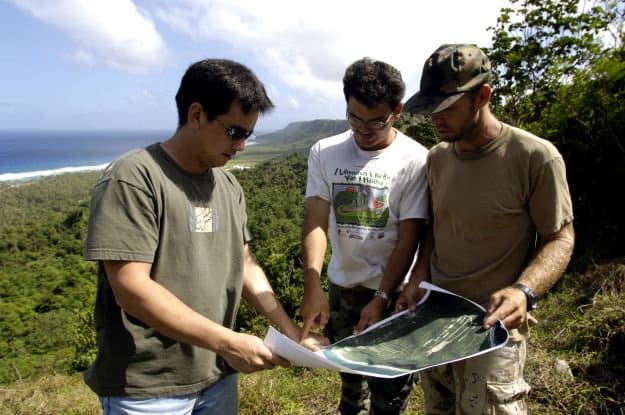
image via U.S. Air Force
Something almost nobody thinks to include in a bug out bag is a written plan. When disaster strikes, you’ll be distracted. The plan should include:
- A list of what to take (in addition to your bug out bag)
- Directions for getting to the alternate location
- An alternate meeting place, should that be necessary
- It’s possible you could be injured or incapacitated and somebody else in your family or group will have to lead the group to safety.
In the event of a catastrophic failure of all systems, if you’ve written out your plan, you’ll be better able to safely and confidently get from point A to point B without forgetting anything.
Rule 3: The Execution
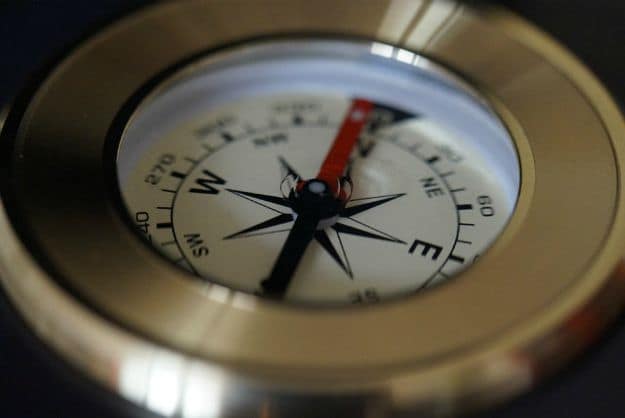
image via pixabay
Make sure you’ve practiced using the items in your bug out bag. A compass is useless if you don’t know how to use it—and using one is harder than it looks! Practice starting a fire without matches. Check your food and medical items in your bag to make sure they have not expired and rotate them out as needed (practice FIFO- First in First Out). Otherwise, leave the bag alone.
A Word On Premade Kits…
You can buy premade bug out bags that come with supplies. But keep in mind it may not have the items you want or need, so your best bet is to build your own from scratch. Or use the premade kit as a springboard to create your personalized “ultimate” bug out bag.
Watch this video posted by SensiblePrepper on a DIY Walmart Premium Bug Out Bag:
Do not “borrow” items from the bag for non-emergency situations. If you do, you might forget to put the items back, and in the case of an emergency, you’ll be stuck without something vital you need. While a bug out bag won’t prepare you for every scenario, it will help you get to the place where you have prepared for every eventuality.
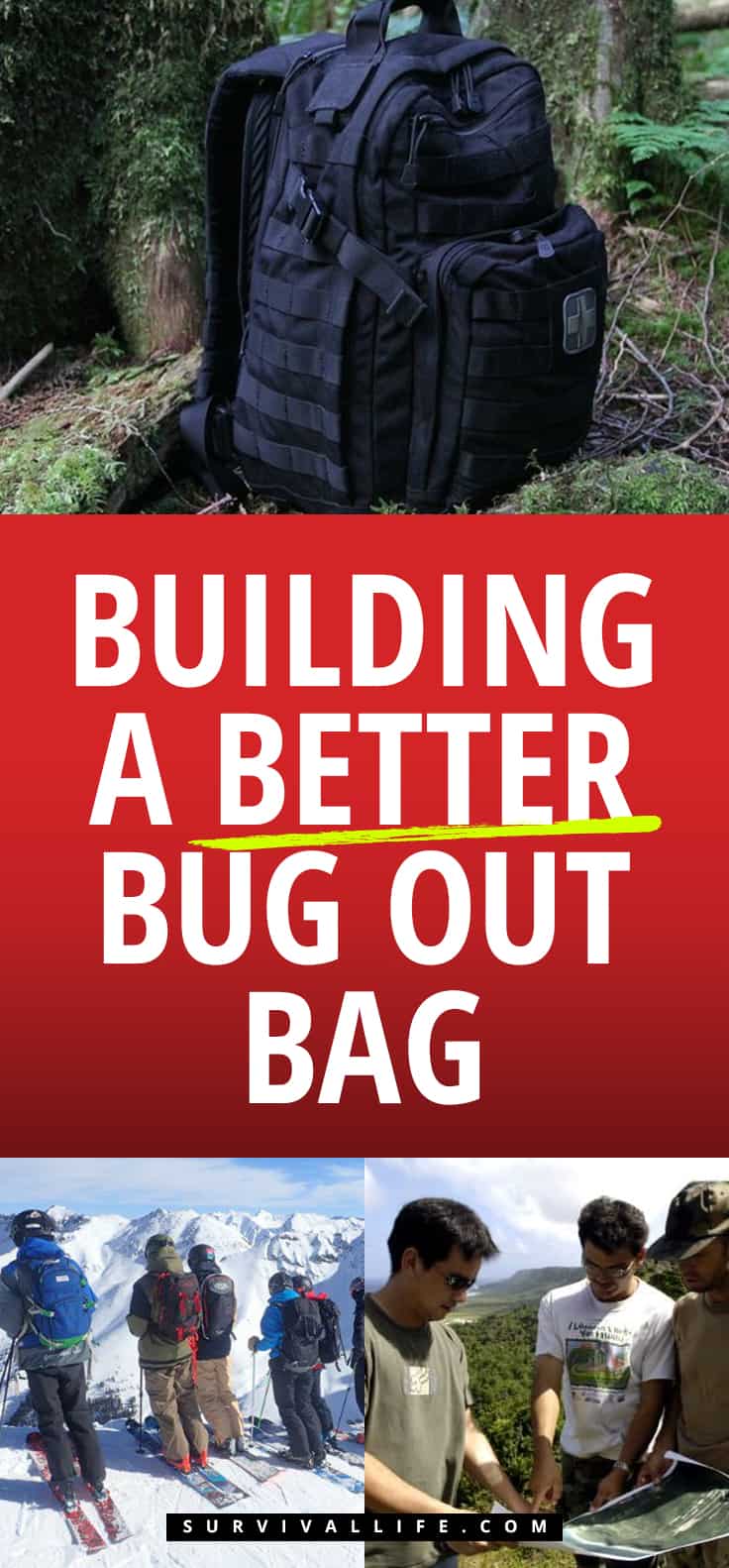
What do you put in YOUR bug out bag? Have something “weird” or uncommon? Leave a comment below and let us know.
Here are some tips on customizing your bug out bag!
Follow us on Facebook, Instagram, Twitter, Pinterest, and Tumblr!
Editor’s Note: This post was originally published in March, 2017 and has been updated for quality and relevancy.
-
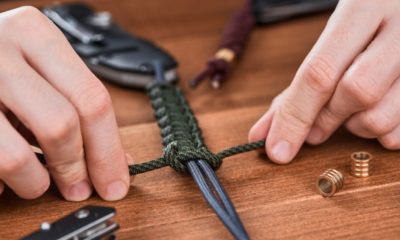
 Do It Yourself7 months ago
Do It Yourself7 months agoParacord Projects | 36 Cool Paracord Ideas For Your Paracord Survival Projects
-
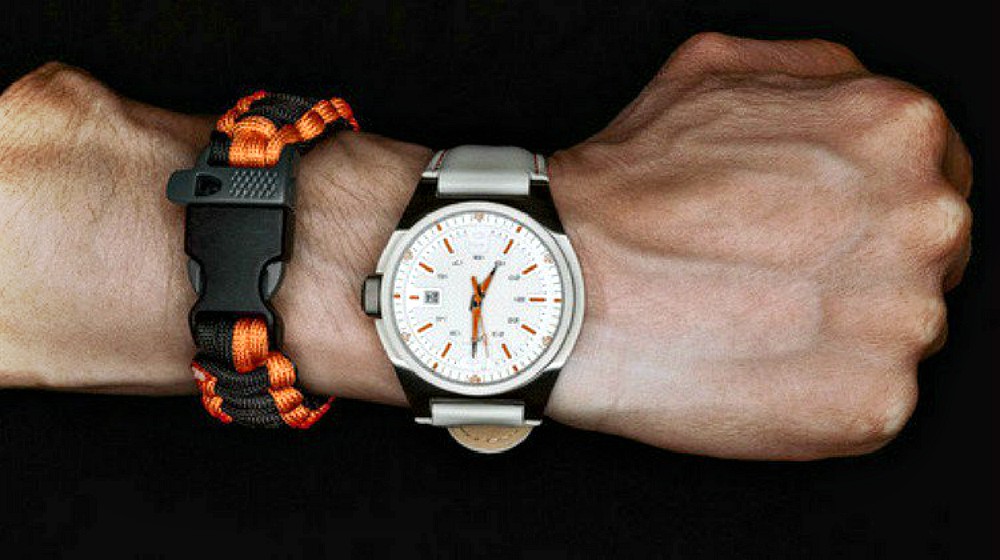
 Do It Yourself9 months ago
Do It Yourself9 months agoHow To Make Paracord Survival Bracelets | DIY Survival Prepping
-

 Do It Yourself9 months ago
Do It Yourself9 months ago21 Home Remedies For Toothache Pain Relief
-
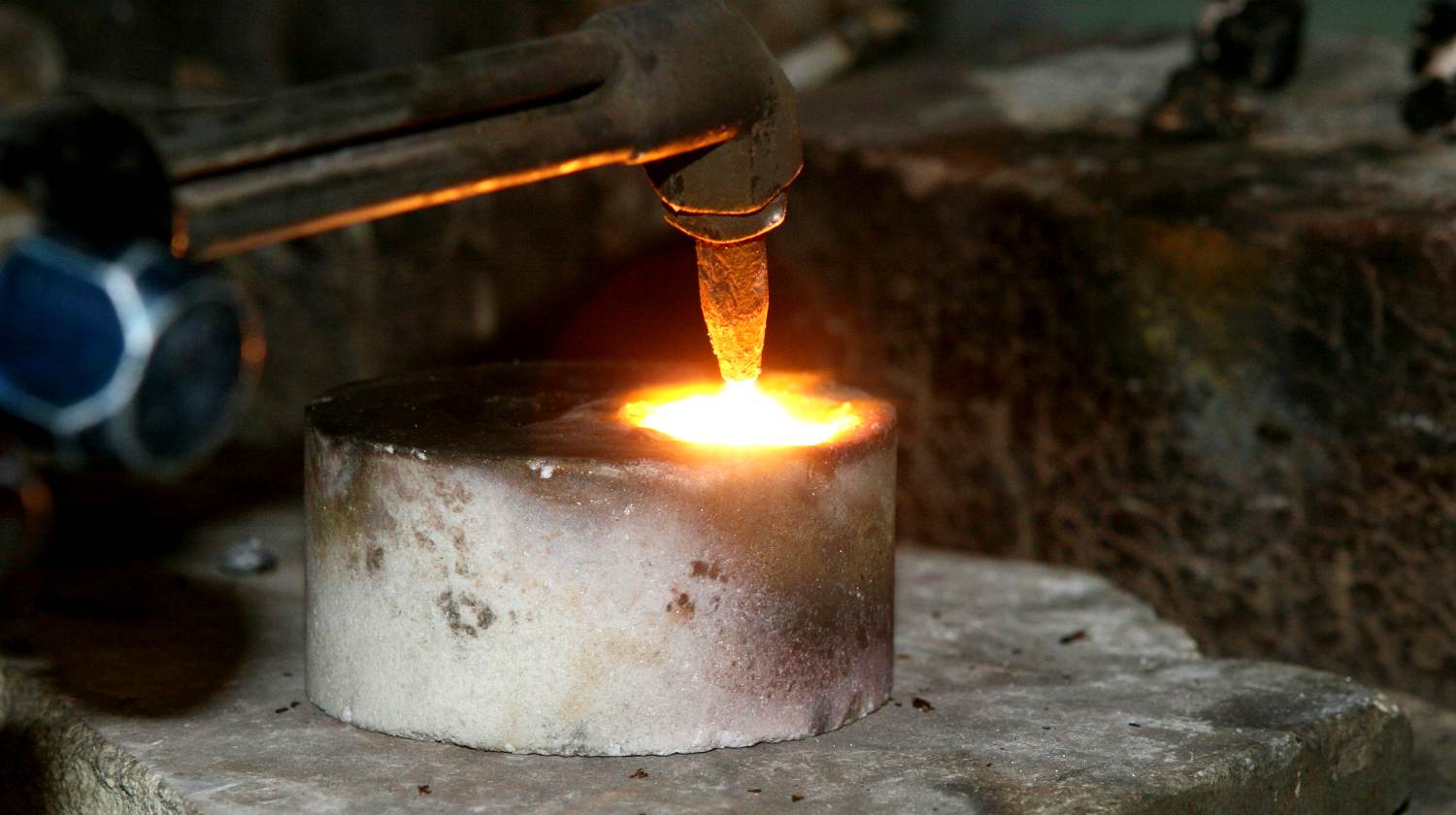
 Do It Yourself10 months ago
Do It Yourself10 months agoSurvival DIY: How To Melt Aluminum Cans For Casting
-
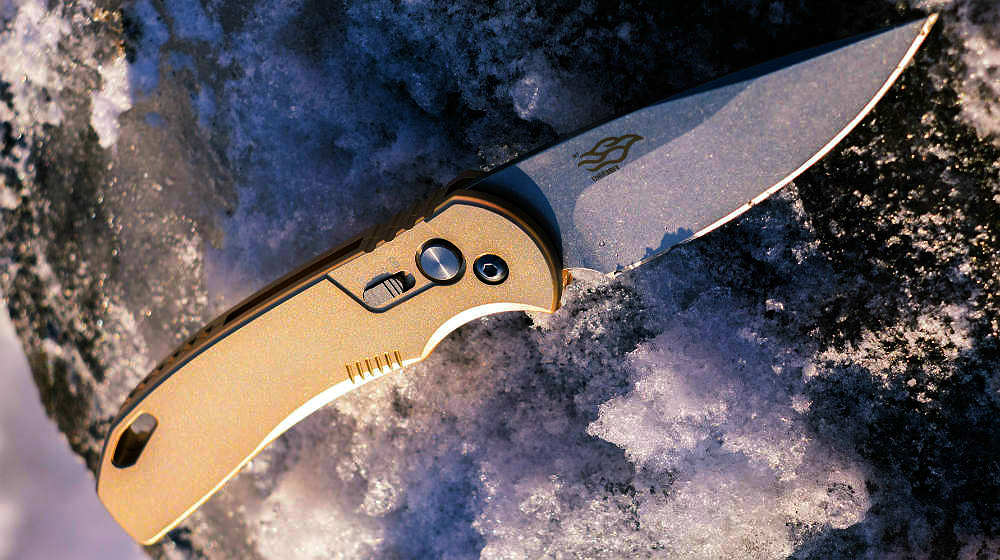
 Exports8 months ago
Exports8 months agoAre Switchblades Legal? Knife Laws By State


oaking
March 18, 2017 at 9:45 AM
While you should not ‘borrow’ from your BOB as stated, you SHOULD rotate items that have a life span – antibiotic ointment comes to mind, hydrogen peroxide is another, even band-aids and bandages should be rotated Food bars, other medication
As I used to hike a lot, I like to keep a hammock – it can be used to keep supplies of the ground, as well as your self
Mark
March 18, 2017 at 1:36 PM
Add cash. You never know when plastic might not work or not be accepted.
Ethridge
March 19, 2017 at 3:46 AM
Two things for the “bob”. 1- your last perscription glasses. They may gave you a headache, but at least you’ll be able to see if your current glasses break or are lost. 2- two types of fire starting plus some kindling. I keep matches in a waterproof container plus a magnesium bar and striker. Shave it with your knife, spark it with the striker and you’ve got fire for your tinder.
InklingBooks
March 19, 2017 at 9:35 AM
Bug-out bags have other uses. Years ago, when I worked on nights on the Hem-Onc unit at Seattle Children’s Hospital caring for kids with leukemia, I had a mother tell me that when her son was diagnosed with cancer and she had just minutes to get ready to travel to Seattle for a full diagnosis and treatment, she was in such shock, she was glad she had her “earthquake bag” to grab. It had everything she needed to manage her life and that of her kids for several days.
So don’t think of these bags as just wilderness survival kits. They can serve for other purposes—or perhaps you will want multiple bags. In most disaster scenarios you’ll not be headed out into the wilderness. Your home may be so badly damaged that you can’t stay there and you’ll be joining hundreds of others in a local high-school gym or the like. That tent may be more helpful for privacy than for shelter.
In those situations, particularly if you have children, you’ll want to include books and games to entertain them and perhaps snacks to tide them over between the soup-kitchen-like meals. If you don’t you’re likely to have some very unhappy kids. Board games are particularly useful since they don’t require electricity.
It’s also good to be active in disaster preparation for your community, so you know what will happen. When I did that in Seattle, I discovered that in a major quake all the city’s bridges are going to be blocked of by the state patrol until a team of architects can certify them safe. Those who know Seattle will know that means that will shut down almost all traffic in the city. In that context, it’s pointless to attempt to drive home for many hours after that quake. You will just be stuck in traffic You might be better off ‘sheltering in place’ at work. Know that, having a ‘keep-at-work’ bag makes a lot of sense. It could include food, sleeping gear and weatherproof clothes and shoes. And if that commute home is a long one, a bike kept at work might make sense. Bikes can cruise through choked-up traffic. That’s true whether you commute by car or mass transit.
Also, for that ‘caught at work’ scenario, a VHF/UHF handheld ham radio can be helpful for when the phone system goes down or becomes overloaded. Have one for each adult in your family and set up a time and repeater frequency to meet. In many communities, various repeaters have a designated purpose in an emergency, but there may be one that’s kept open for personal traffic. Know which one it is. Setting a ‘radio watch’ time means not having to listen continuously. You need only listen for a few minutes each hour. It also gives the kids a chance to talk to “dad stuck at work,” reassuring them.
Think through every possible scenario and have a plan for each. The real disaster may not be like what you imagined, but having planned will make adapting go much better.
–Michael W. Perry, WA4MP and author of My Nights with Leukemia
Pingback: 10 Must-Have Items For Your Airport Go-Bag | For The Prepared Traveler
Pingback: 7 PVC Pipes Projects For Survival | Useful DIY Life Hacks
Pingback: Couples Defense: What You Can Do With Your Partner To Stay Safe | Survival Life
Pingback: 9 Smart Survival Uses For PVC Pipes | Homesteading Life Hacks
Pingback: 9 PVC Pipes Projects For Survival Uses - Survive!
Pingback: Bartering Chips | Survival Life
Pingback: 10 Must-Have Items For Your Airport Go-Bag | For The Prepared Traveler - Survive!
Pingback: 10 Winner tips for smooth air travel - Yogallai
Pingback: Protein-Rich Survival Food | Survival Life
Pingback: The Ultimate Protein-Rich Survival Food - Survive!
Pingback: The Ultimate Protein-Rich Survival Food
Pingback: Winter Survival Gear: Winterizing Your Bug Out Bag - Survive!
Pingback: Winter Survival Gear: Winterizing Your Bug Out Bag - Survival Patch
Pingback: Winter Survival Gear | Winterize Your Bug Out Bag – Sprent Brass
Pingback: 050 Bug Out Locations – A Preppers Paradise [PODCAST] | Best Go Bag
Pingback: Bug-Out Medicine | Dr. Bones & Nurse Amy [PODCAST] – Sprent Brass
Pingback: Bug-Out Medicine | Dr. Bones & Nurse Amy [PODCAST] – SurvivalCove.com
Pingback: Array
Pingback: 9 έξυπνες χρήσεις επιβίωσης για σωλήνες PVC - Ιστολόγιο